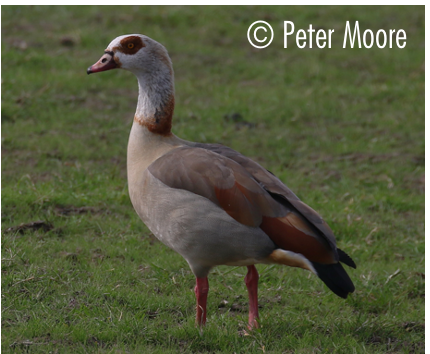You can view this information in two different ways. Our alphabetical list provides information on the status of each species within the harbour, finder dates and names, photos and favoured locations. By clicking on the Systematic List button you will be presented the full Poole Harbour systematic list which includes status of species, pending records and historical accounts.
To date, 333 species have occurred and have been accepted within the Birds of Poole Harbour boundaries. A further 11 distinct subspecies have also been seen. In addition, we have two species/subspecies which have been recorded, but are awaiting acceptance by the appropriate records panel.
There are a handful of historical records, for which there is currently insufficient information to allow their inclusion onto the Poole Harbour list, but are believed to be genuine records. They are listed at the end of the list.
Finally, there are a number of feral or escaped species that have been recorded within the Birds of Poole Harbour boundaries. They are included for completeness, but are not included on the Poole Harbour list.
We would be interested in hearing details of any species that do not appeared on this list.
The Birds of Poole Harbour systematic list is a PDF which you can view by clicking on the button below. It was last updated on December 2019.
Full Poole Harbour Systematic List
Alopochen aegyptiaca
Scarce Feral Visitor
This increasing feral wanderer could potentially turn up at any wetland site, but wet areas such as Lytchett Bay, Middlebere, the Frome and Piddle Valley and Swineham all hold recent records. Could become more regular with 120 in the Avon Valley in winter 2018. It’s not clear if all birds reaching Poole Harbour are local escapes or wanderers from feral breeding populations, but some look rather suspect in their origins with white heads and ‘farmyard’ appearances. Early records consisted of 1 at Wareham on 16th April 1982. 1 on Brownsea on 23rd July 1993 which was also seen in Poole Park. 1 was found at Swineham on 16th December 2002 and was still present the next day. Since 2015 records have become far more regular with a semi-resident pair hanging around Holme Lane/Swineham and Sunnyside.

© 2025 Birds of Poole Harbour Registered Charity No. 1152615